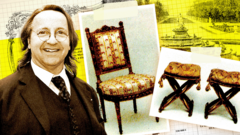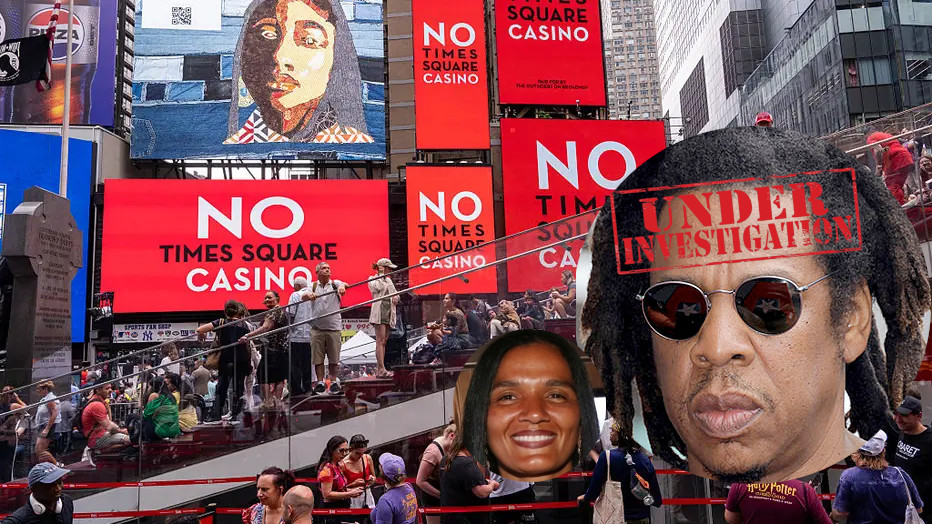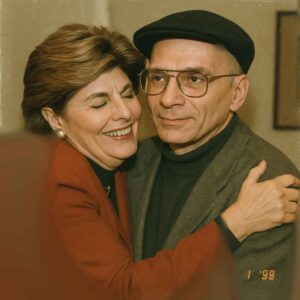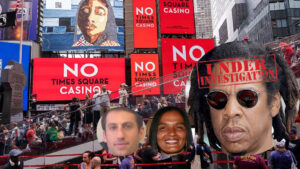In the early 2010s, two elaborately designed chairs, claimed to have graced the grounds of the Palace of Versailles, surfaced in the French antiques scene. Said to be among the costliest pieces made for Marie Antoinette, these chairs bore the mark of Nicolas-Quinibert Foliot, a renowned 18th-century Parisian carpenter. Their significance caught the attention of the French government, which declared them "national treasures" in 2013 at Versailles's behest. However, when Versailles declined to purchase them due to their steep price, they ended up in the hands of Qatari Prince Mohammed bin Hamad Al Thani for an astonishing €2 million (£1.67 million).
The chairs were part of a larger collection of royal furniture that appeared on the market, including items allegedly owned by other historical figures, such as Madame du Barry and Princess Élisabeth. These items mostly found their way to Versailles's museum collection, with others acquired by wealthy collectors. However, in 2016, the opulence turned scandalous when the authenticity of these items was called into question, unveiling a massive forgery scheme that rocked the French antiques community.
Leading the investigation were two prominent figures in the antiques trade, antiques expert Georges "Bill" Pallot and esteemed cabinetmaker Bruno Desnoues. Both found themselves in front of a judge, accused of fraud and money laundering following an extensive nine-year probe. Additionally, Galerie Kraemer, which sold some of the chairs, faced allegations of negligent deception, although they maintain innocence.
What initially began as a light-hearted challenge between Pallot and Desnoues to replicate an antique armchair from Madame du Barry's time spiraled into a sophisticated operation that produced convincing fakes. Pallot, a recognized authority on 18th-century chairs, utilized his extensive knowledge and connections to acquire materials, while Desnoues employed his craftsmanship to create duplicates that were indistinguishable from the original antiques.
The operation yielded significant profits, with prosecutors estimating earnings of over €3 million. However, Pallot and Desnoues claim their gains amounted to €700,000, which were reportedly funneled into foreign bank accounts. The investigation's unraveling began when a man's luxurious lifestyle attracted scrutiny, unveiling a network of middlemen involved in the fraudulent sales.
As the proceedings unfolded, the court highlighted issues of responsibility clinging to galleries like Kraemer, who allegedly failed to verify the authenticity of the items before sale. Prosecutors argued that with the gallery's esteemed reputation, due diligence should have prompted further investigation into the chairs' provenance.
As verdicts loom in the Pontoise court, the case has ignited discussions about the need for stricter regulations in the art and antiques market. Both Pallot and Desnoues have accepted guilt, while Kraemer's defense insists his gallery has been a victim rather than an accomplice in the elaborate scam. The trial has cast a long shadow over the integrity of the French collectibles market, leaving a legacy of skepticism and the ever-looming question of authenticity.
The chairs were part of a larger collection of royal furniture that appeared on the market, including items allegedly owned by other historical figures, such as Madame du Barry and Princess Élisabeth. These items mostly found their way to Versailles's museum collection, with others acquired by wealthy collectors. However, in 2016, the opulence turned scandalous when the authenticity of these items was called into question, unveiling a massive forgery scheme that rocked the French antiques community.
Leading the investigation were two prominent figures in the antiques trade, antiques expert Georges "Bill" Pallot and esteemed cabinetmaker Bruno Desnoues. Both found themselves in front of a judge, accused of fraud and money laundering following an extensive nine-year probe. Additionally, Galerie Kraemer, which sold some of the chairs, faced allegations of negligent deception, although they maintain innocence.
What initially began as a light-hearted challenge between Pallot and Desnoues to replicate an antique armchair from Madame du Barry's time spiraled into a sophisticated operation that produced convincing fakes. Pallot, a recognized authority on 18th-century chairs, utilized his extensive knowledge and connections to acquire materials, while Desnoues employed his craftsmanship to create duplicates that were indistinguishable from the original antiques.
The operation yielded significant profits, with prosecutors estimating earnings of over €3 million. However, Pallot and Desnoues claim their gains amounted to €700,000, which were reportedly funneled into foreign bank accounts. The investigation's unraveling began when a man's luxurious lifestyle attracted scrutiny, unveiling a network of middlemen involved in the fraudulent sales.
As the proceedings unfolded, the court highlighted issues of responsibility clinging to galleries like Kraemer, who allegedly failed to verify the authenticity of the items before sale. Prosecutors argued that with the gallery's esteemed reputation, due diligence should have prompted further investigation into the chairs' provenance.
As verdicts loom in the Pontoise court, the case has ignited discussions about the need for stricter regulations in the art and antiques market. Both Pallot and Desnoues have accepted guilt, while Kraemer's defense insists his gallery has been a victim rather than an accomplice in the elaborate scam. The trial has cast a long shadow over the integrity of the French collectibles market, leaving a legacy of skepticism and the ever-looming question of authenticity.




















